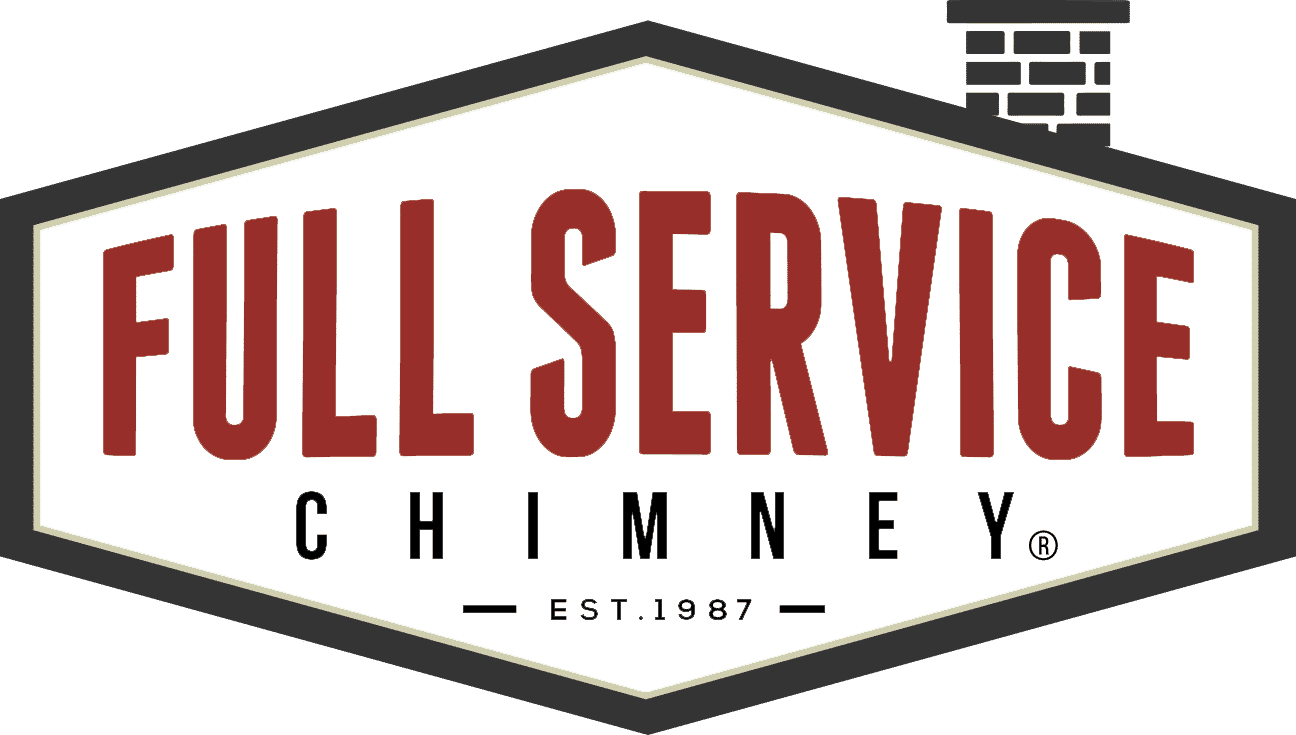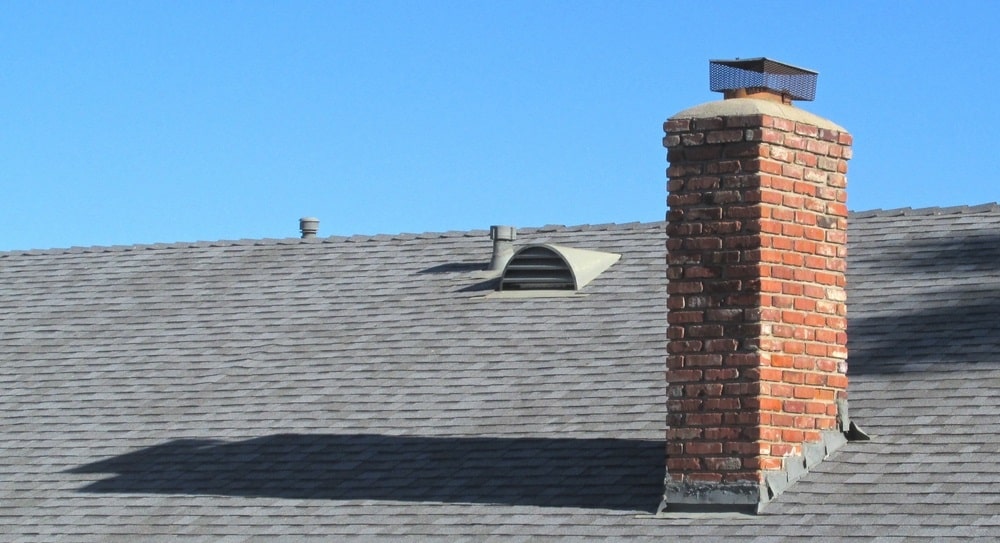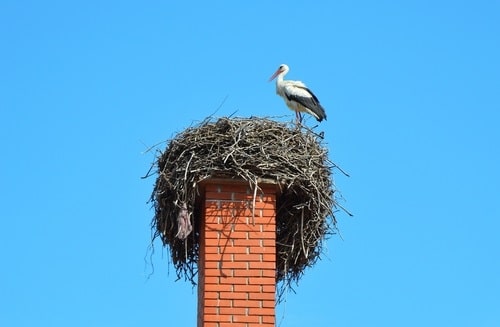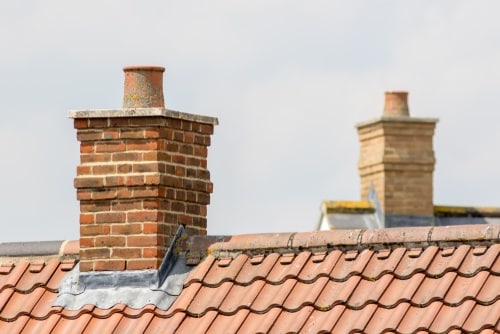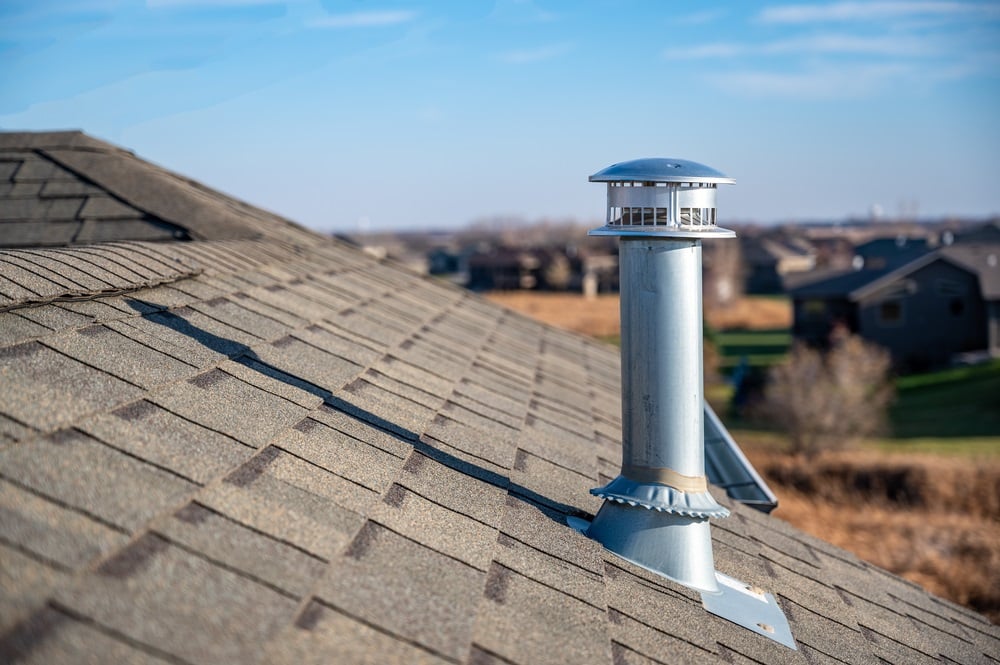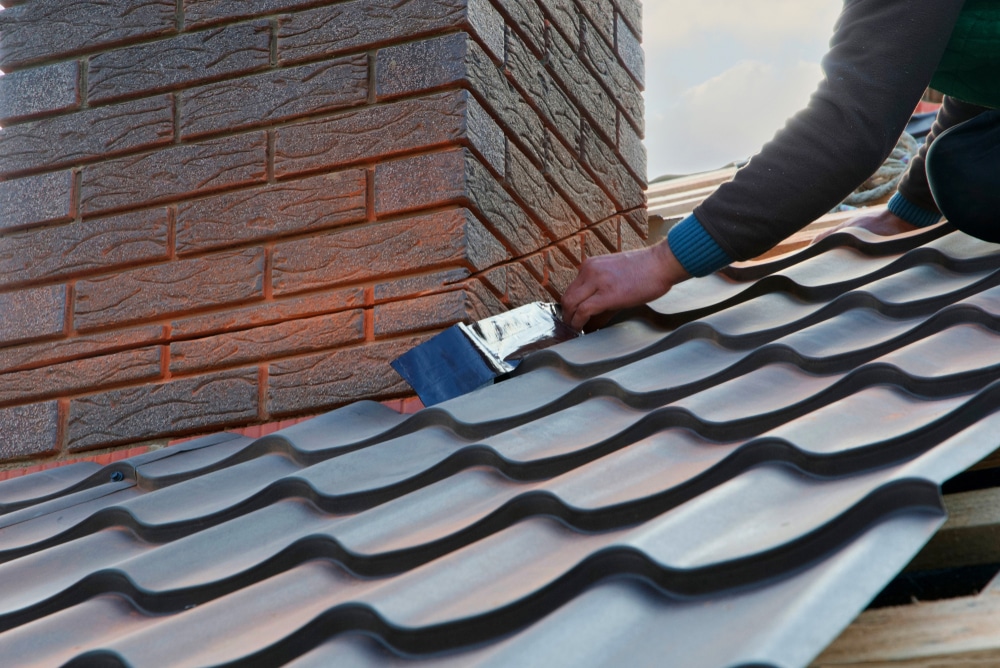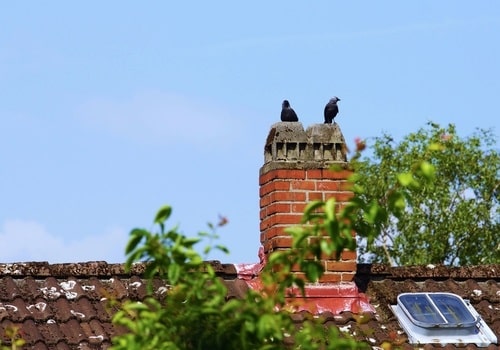Your home is your sanctuary, a place where you seek solace and relaxation. However, mysterious noises emanating from your chimney can disrupt the peace and harmony you desire. Chimney noise can be a source of annoyance and even anxiety for homeowners.
Identifying and understanding the various sources of chimney noise is the first step towards resolving these disturbances and restoring tranquility to your living space. This article will delve into the importance of recognizing and addressing chimney noise issues, providing valuable insights to tackle this familiar problem head-on. So, let’s embark on a journey to unveil the likely culprits behind chimney noise in residential homes.
Common Sources of Chimney Noise
Chimneys are not only functional but also essential features of residential homes. They provide ventilation and safety for our fireplaces, ensuring that smoke and harmful gases are directed outside. However, sometimes these chimneys can become quite noisy, disturbing the peace and tranquility of our homes.
Creosote Buildup and Expansion
One of the leading causes of chimney noise is the buildup and expansion of a substance called creosote. Creosote is a black, tar-like residue that accumulates on the inner walls of chimneys due to burning wood or other fuels. Over time, this creosote can become thick and sticky, causing various issues.
As creosote builds up inside the chimney, it can lead to a narrowing of the flue, which is the passageway for smoke and gases to exit. This narrowing can create turbulence and airflow restrictions, resulting in a rumbling or roaring noise when you light a fire. Additionally, when the creosote heats up during a fire, it expands, causing the chimney walls to creak or crackle.
To address this issue, regular chimney cleaning is essential. A professional chimney sweep can remove the excess creosote, reducing the chances of noise and improving your chimney’s overall safety and efficiency.
Wind-related Noise
Another common source of chimney noise is the howling and whistling sounds caused by windy conditions. When strong gusts of wind pass over the top of the chimney, they can create a pressure differential, leading to the noise inside your home.
The design of your chimney, including its height and placement in relation to nearby structures, can significantly influence the occurrence of wind-related noise. Sometimes, a chimney that is too short or too close to tall trees or neighboring buildings can be more susceptible to wind disturbances.
Installing a chimney cap or a chimney cowl can effectively mitigate wind-related noise. These devices act as barriers, redirecting the wind and preventing it from entering the chimney. They also provide added protection against rain, snow, and debris.
Animal or Bird Nests
Chimneys, unfortunately, can be attractive nesting spots for birds and other small animals. These creatures can build nests inside the chimney, leading to various problems, including noise.
The sounds of birds chirping or animals scurrying inside the chimney can be pretty unsettling. Additionally, the debris from their nests can block the flue, affecting the airflow and potentially causing smoke to enter your home.
Removing animal or bird nests from the chimney should be handled with care. Waiting until the nesting season ends is essential to avoid harming animals or interfering with their breeding. Once it is safe, you can have a professional chimney sweep remove the nests and install a chimney cap or mesh screen to prevent future nesting.
Faulty Dampers or Flue Caps
Dampers and flue caps are crucial components of a chimney’s ventilation system. They help regulate the airflow, seal the chimney when unused, and prevent animals, debris, and rain from entering.
If the damper or flue cap becomes faulty or damaged, it can lead to noise issues. A damper that doesn’t close properly may allow air to escape, resulting in whistling or hissing sounds. Similarly, a damaged or missing flue cap can allow animals to enter the chimney, causing noise and other complications.
To address these problems, it is advisable to have a professional chimney technician inspect and repair the dampers and flue caps as needed. They can ensure these components function correctly, eliminating noise and maintaining the chimney’s efficiency.
Structural Issues in the Chimney
Lastly, chimney noise can result from structural issues within the chimney itself. Over time, the mortar between bricks can deteriorate, leading to gaps or cracks. These openings can allow air to seep in, causing vibrations and noise.
If you suspect structural issues with your chimney, it is crucial to seek professional assistance. A certified chimney inspector or mason can evaluate the chimney’s condition and recommend the necessary repairs to restore its structural integrity and minimize noise.
By identifying and addressing these common sources of chimney noise, you can restore tranquility to your home and ensure the proper functioning of your chimney.
Are you due for your chimney sweep in Kansas City?
Preventive Measures and Chimney Maintenance Tips
Prevention is often the best approach when it comes to chimney noise. You can minimize the chances of encountering disruptive noises in your chimney by implementing regular maintenance practices and taking preventive measures. Here are some valuable tips to help you maintain a peaceful and quiet chimney.
Regular Chimney Inspections and Cleanings
One of the most effective ways to prevent chimney noise is by scheduling regular chimney inspections and cleanings. A professional chimney sweep can identify potential issues before they escalate into significant problems. They will thoroughly examine your chimney, checking for creosote buildup, loose components, structural damage, and other noise sources.
Regular cleanings are equally crucial. Creosote accumulation not only contributes to noise but also poses a fire hazard. By having your chimney cleaned annually or as a professional recommends, you can remove excess creosote and ensure optimal chimney performance.
Installing Appropriate Chimney Caps or Cowls
Chimney caps or cowls are essential accessories that provide numerous benefits beyond noise prevention. These devices are designed to cover the top of the chimney, acting as a barrier against rain, snow, debris, and even animals. They also play a significant role in reducing wind-related noise.
When choosing a chimney cap or cowl, choose one that suits your needs. Some models feature mesh screens to prevent animal entry and spark arrestors for added safety. Ensure a professional installs the cap or cowl properly to guarantee its effectiveness.
Maintaining a Clean and Debris-Free Chimney
Keeping your chimney clean and debris-free is vital for proper functionality and preventing noise. Regularly inspect the chimney exterior, especially after storms or high-wind events, to remove any fallen branches, leaves, or other obstructions that may obstruct airflow or create noise.
Inside your home, make sure the area around the fireplace or wood-burning stove is clear of any clutter or flammable materials. This not only reduces the risk of chimney noise but also enhances safety.
Sealing Gaps and Cracks in the Chimney
Gaps and cracks in the chimney structure can contribute to noise issues. These openings allow air to infiltrate, leading to vibrations and unsettling sounds. Periodically inspect the chimney for any visible gaps or cracks inside and outside.
For smaller gaps or cracks, you can consider using a high-temperature silicone caulk or sealant to seal them. However, for more significant gaps or structural issues, it is advisable to consult a professional chimney technician who can provide appropriate repairs and ensure your chimney’s structural integrity.
Following these preventive measures and maintenance tips can significantly reduce the likelihood of chimney noise. Regular inspections, cleanings, the installation of chimney caps or cowls, debris removal, and sealing gaps will contribute to a quieter and more enjoyable home environment.
Dealing with other non-noise related chimney issues?
When Should You Call a Professional?
While preventive measures and essential maintenance can go a long way in addressing chimney noise, there are instances when it’s best to seek the expertise of a professional chimney technician. Here are some scenarios where professional assistance is highly recommended to effectively tackle chimney noise and potential issues before they escalate into larger problems.
Persistent or Complex Chimney Noise Issues
If you’ve tried troubleshooting and implementing preventive measures, but the chimney noise persists or becomes more complicated, it’s time to call in a professional. A certified chimney technician has the knowledge and experience to diagnose the noise source and provide targeted solutions accurately.
Structural Damage or Deterioration
Significant structural damage, such as crumbling bricks, extensive mortar deterioration, or leaning chimneys, should never be overlooked. These issues contribute to chimney noise and pose serious safety risks. A professional chimney inspection can identify the extent of the damage and recommend appropriate repairs or chimney rebuilding.
Creosote Buildup and Removal
While homeowners can perform basic chimney cleaning, extensive creosote buildup or stubborn deposits may require professional intervention. A certified chimney sweep possesses the specialized tools and expertise to remove creosote safely and thoroughly, reducing the risk of chimney noise and fire hazards.
Animal Infestations or Blockages
Dealing with animal nests, blockages, or infestations inside your chimney requires caution and a humane approach. Professional chimney sweeps can handle the removal of nests, safely relocate animals, and install appropriate chimney caps or screens to prevent future occurrences.
Expert Advice and Ongoing Maintenance
Engaging a professional chimney service, such as Full Service Chimney in the Kansas City metro area, provides homeowners with expert advice, ongoing maintenance, and support. A reputable chimney service can offer annual inspections, regular cleanings, repairs, and guidance to ensure your chimney remains in optimal condition, free from noise and potential hazards.
Full Service Chimney is Your Chimney Sweep in Kansas City
When it comes to chimney noise and maintaining a safe and peaceful home environment, don’t hesitate to reach out to Full Service Chimney. Serving homeowners in the Kansas City metro area, Full Service Chimney offers comprehensive chimney services backed by certified technicians.
From chimney inspections and cleanings to repairs and installations, our expertise will help you address chimney noise issues and ensure the long-term performance of your chimney. Contact our team to schedule your inspection or services or call us at (913) 642-6171 to experience our exceptional chimney care solutions.
